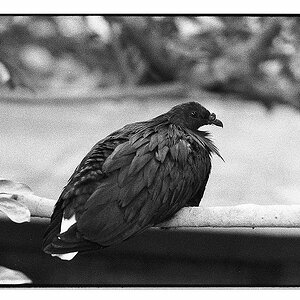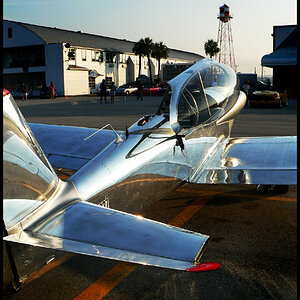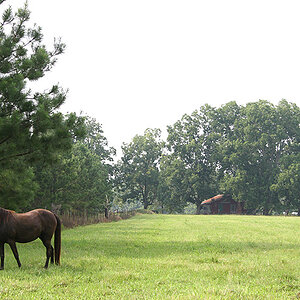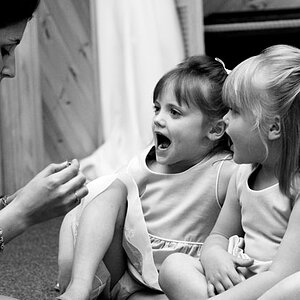- Joined
- Mar 29, 2016
- Messages
- 14,857
- Reaction score
- 8,312
- Can others edit my Photos
- Photos NOT OK to edit
I've delayed trying this, because I wasn't sure of all the hype. Had a little time to kill today, so I did a quick set up on the table. Other than the lighting being off, and the over saturation in the red (partly because of the lighting), I think these show some of the difference in a "in camera" HDR, and one shot with Pixel Shift. Still have a lot to learn with it, but think it shows promise. With something other than the kit lens, I think the detail will be significant.
The first one is a "in camera" HDR

The second was shot using the Pentax Pixel Shift

The first one is a "in camera" HDR
The second was shot using the Pentax Pixel Shift



![[No title]](/data/xfmg/thumbnail/34/34064-66d345cd6eebe4b9f97597e03008d3b7.jpg?1619736260)
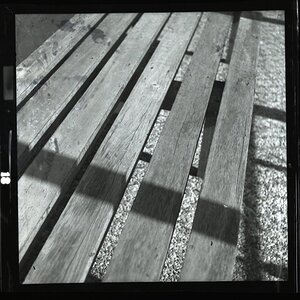
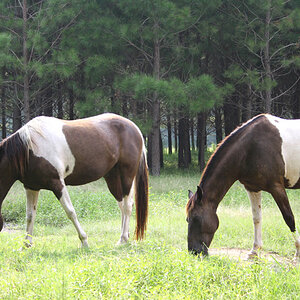
![[No title]](/data/xfmg/thumbnail/34/34065-43f99c081a04bd087c00711d2fe010ee.jpg?1619736261)

